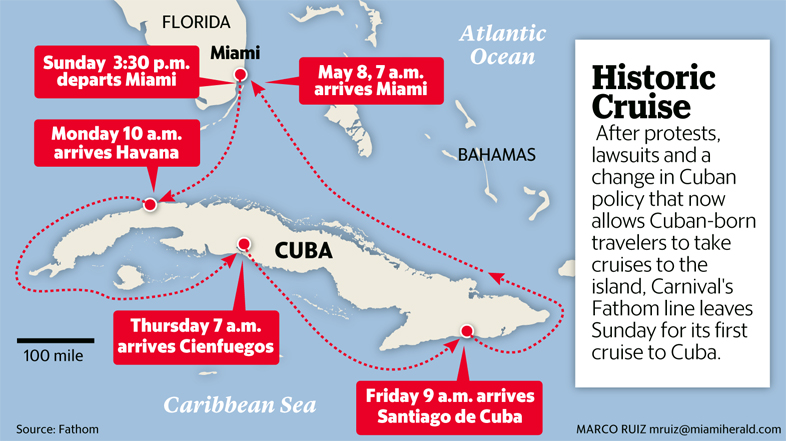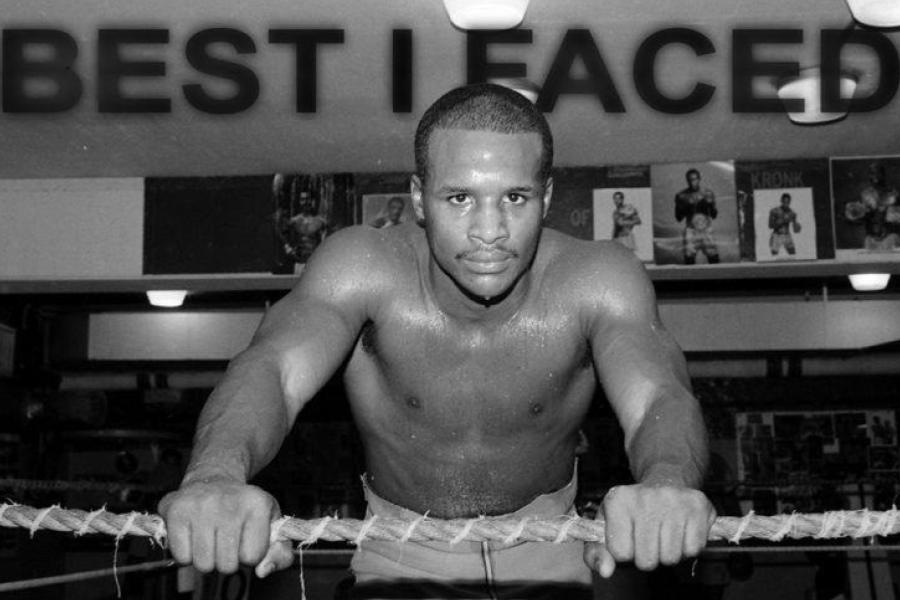Introduction
The journey from Cuba to Miami is more than just a geographical shift; it encapsulates a profound and enduring tale of the human spirit, a tapestry woven with the threads of hope, struggle, and aspirations. The exodus of Cubans to Miami has been one of the most significant migration movements in recent history, profoundly shaping both countries’ cultures, politics, and economies. This article delves into the deep-rooted history of Cuban migration to Miami, exploring the key factors that fueled this movement and the enduring wishes and dreams of the brave individuals who embarked on this life-changing voyage.
A Brief Historical Context
To understand the profound impact of Cuban migration to Miami, we must first acknowledge the historical context that laid the groundwork for this monumental movement. Cuba, a Caribbean island nation, was once a Spanish colony until gaining independence in 1902. However, the country experienced decades of political unrest, dictatorship, and economic instability, culminating in the rise of Fidel Castro’s communist regime in 1959.
The Cuban Revolution led by Castro radically transformed the nation, leading to the nationalization of private businesses and industries and strained relationships with the United States. This political shift, along with economic hardships and lack of political freedoms, prompted many Cubans to seek refuge abroad, particularly in the United States, with Miami becoming a beacon of hope for those yearning for a better life.
The Mariel Boatlift – A Pivotal Moment
One of the most iconic events in the Cuban migration saga was the Mariel Boatlift, which occurred in 1980. During this mass exodus, over 125,000 Cubans left the island by sea, making the perilous journey to Florida’s shores. The Mariel Boatlift was a turning point in the history of Cuban migration to Miami, transforming the city into a vibrant hub of Cuban culture and heritage.
The Cuban Diaspora’s Impact on Miami
The influx of Cuban immigrants significantly impacted the social fabric and cultural landscape of Miami. The city’s neighborhoods, such as Little Havana, became centers of Cuban heritage, bustling with authentic cuisine, music, and traditions. These neighborhoods became a haven for newly arrived Cubans, providing them with a sense of community and familiarity in a foreign land.
Economically, Cuban immigrants played a pivotal role in shaping Miami’s development. They brought with them a strong entrepreneurial spirit, establishing businesses and contributing to the city’s economic growth. Furthermore, the Cuban community’s influence in politics and civic engagement strengthened Miami’s political landscape, with Cuban-Americans taking leadership roles and advocating for issues close to their hearts.
The Resilient Spirit and Wishes of Cuban Migrants
Behind every migrant’s journey from Cuba to Miami lies an unyielding spirit of resilience and hope for a better future. These brave individuals faced numerous challenges and risks as they undertook perilous sea voyages, leaving behind their homes, families, and everything they held dear. The collective wish of these migrants was to escape political oppression, economic hardship, and limited opportunities, all in pursuit of freedom and prosperity.
Among the most heartrending wishes was the yearning for reunification with loved ones left behind in Cuba. Many Cuban migrants dreamt of a day when they could embrace their families once more, bridging the gap between the two nations and finding healing amidst the political divisions.
Additionally, the wish for a brighter future for their children and future generations was a common thread among Cuban migrants. The sacrifices made by these brave souls were often driven by the hope that their offspring would have access to the opportunities denied to them, allowing them to flourish and succeed in the land of the free.
As the decades have passed since the Mariel Boatlift, the Cuban-American community in Miami has continued to grow and evolve, cementing its place as an integral part of the city’s diverse mosaic. Their vibrant presence has not only enriched Miami’s culture but also created a bridge between Cuba and the United States, fostering a unique relationship between the two nations despite their political differences.
Cultural Heritage and Identity
One of the most enduring legacies of Cuban migration to Miami is the preservation of Cuban culture and identity in the face of diaspora. Despite being far from their homeland, Cuban-Americans have managed to keep their traditions alive through various cultural events, festivals, and community gatherings. Salsa music, mambo, and the unmistakable rhythms of the conga drums resonate through the streets of Little Havana, carrying the spirit of Cuba to the heart of Miami.
Cuban cuisine, renowned for its flavorful blend of Spanish, African, and Caribbean influences, has also become an essential part of Miami’s culinary landscape. Restaurants serving authentic Cuban dishes, such as arroz con pollo, ropa vieja, and pastelitos, are cherished by both the Cuban-American community and the broader Miami population.
Cultural Exchanges and Engagement
Despite the political tensions between the United States and Cuba over the years, Miami has served as a conduit for cultural exchanges and dialogue between the two countries. Artists, musicians, and writers from Cuba have found a welcoming audience in Miami, fostering understanding and appreciation for Cuban artistry and creativity.
Conversely, Cuban-Americans have also seized opportunities to connect with their roots through visits to Cuba. The ability to travel back to their homeland, even if fraught with bureaucratic hurdles, has allowed them to reestablish connections with long-lost relatives, reminisce about their past, and gain a deeper understanding of their heritage.
Advocacy and Activism
The Cuban-American community’s passionate advocacy for human rights and political change in Cuba has been a driving force in shaping U.S. policy towards the island nation. They have consistently called for democratic reforms, freedom of speech, and respect for human rights in Cuba. The Cuban-American National Foundation (CANF) and other advocacy groups have been at the forefront of these efforts, working tirelessly to promote change and justice for the Cuban people.
Despite the complex and often contentious relationship between Cuba and the United States, the Cuban-American community’s role as a bridge between the two nations cannot be underestimated. Their unique understanding of both cultures has helped facilitate communication and foster diplomacy, serving as a channel for dialogue during times of heightened tensions.
Future Aspirations and Challenges
Looking to the future, the Cuban-American community in Miami faces both aspirations and challenges. While they have achieved significant milestones in terms of cultural preservation and political activism, they continue to navigate the delicate balance of preserving their heritage while integrating into American society. Many second and third-generation Cuban-Americans grapple with maintaining their Cuban identity while embracing their American identity.
Additionally, the issue of immigration remains a pertinent concern for the Cuban-American community. As waves of new immigrants continue to arrive in Miami seeking refuge and opportunity, the community’s resilience will be tested as they welcome and support fellow Cubans in their journey to rebuild their lives in the United States.
Conclusion
The journey from Cuba to Miami represents a profound chapter in the annals of migration history, where hope, struggle, and aspirations converged. The indomitable spirit of Cuban migrants has left an enduring mark on both Cuba and Miami, shaping cultures, economies, and politics for generations to come. Their wishes for freedom, prosperity, and unity continue to resonate, reminding us of the resilience of the human spirit and the power of dreams to overcome adversities.
As we reflect on this historic journey, we must recognize that the story is far from over. The Cuban-American community’s contributions to Miami and the United States are ongoing, and their continued determination to preserve their heritage while embracing the future is a testament to the enduring power of their wishes and dreams.
BLUETTI – An Ultimate Adventure Partner


